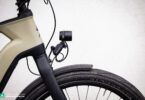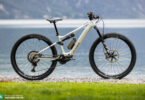Although the Yamaha PW-X3 is only used by a handful of ebike manufacturers, its spec sheet looks pretty exciting. In our 2023 motor comparison test, it takes on the competition with 85 Nm of torque and a relatively low system weight of 2.75 kg. How did it fare in this test and does its performance do justice to its key data?
This review forms part of our big ebike motor comparison test. Here you’ll find an overview of all 13 motors in review, along with lots of exciting background information, and helpful buying advice for your next purchase!
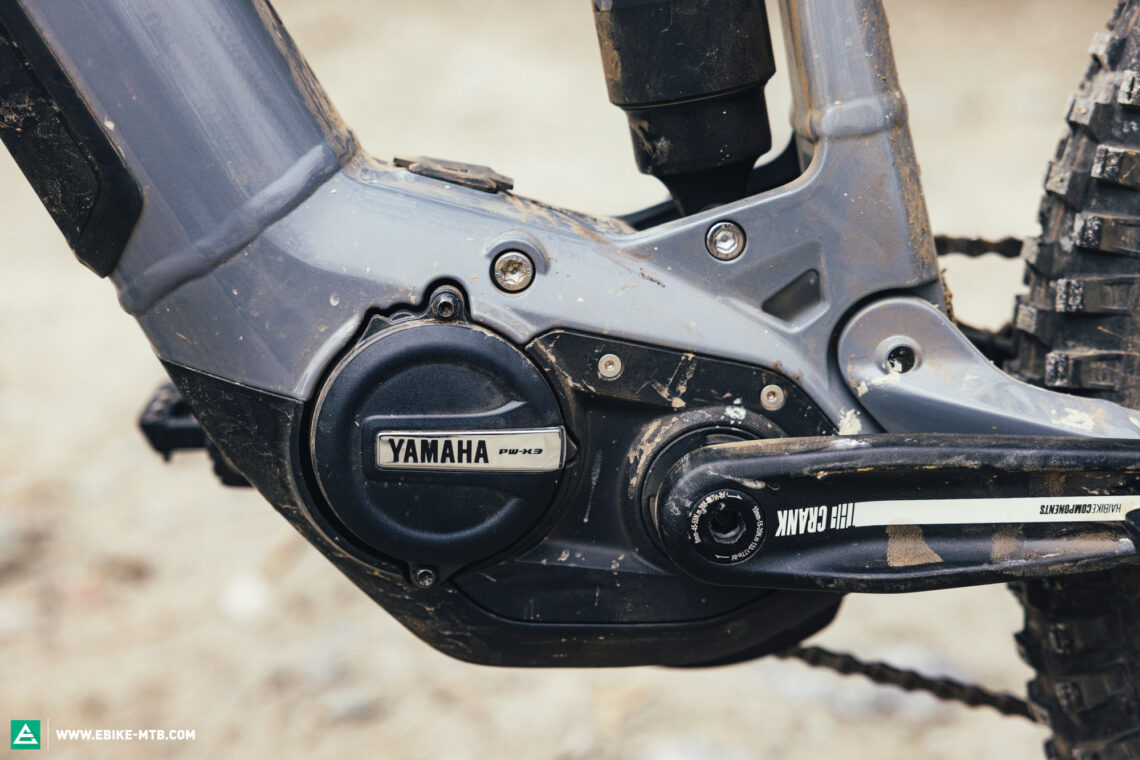
For most people, the name Yamaha brings to mind motorbikes and quads. However, the Japanese manufacturer doesn’t just produce vehicles with internal combustion engines, and has also been building ebike motors for quite some time – and with quite some success! We tested the first eMTBs with Yamaha motors back in 2013! No, PW-X3 isn’t a box-shaped Star Wars character, but rather the name of an e-drive that Yamaha launched in 2022 to replace the previous PW-X and PW-X2 models. For 2024, Yamaha introduced the PW-XM, which isn’t meant to send the PW-X3 into early retirement, but rather to complement Yamaha’s current e-drive portfolio with a brand-new flagship model. The new PW-XM is largely based on the PW-X3 but relies on magnesium instead of aluminium for the housing, which is meant to save weight. That said, the motor itself remains pretty much unchanged and doesn’t offer any more functions. Unlike the drive systems from Bosch and Shimano, Yamaha’s motor is only used by a handful of bike manufacturers. Amongst them is e-bike pioneer Haibike, which relies on a Yamaha motor for several of their bikes, including the Nduro 7, which features in our huge 2023 best e-mountain bike under €7,000 group test. Yamaha’s client list also includes the biggest bike brand in the world, GIANT, who use a slightly tweaked version of the PW-X3 as a basis for their own eMTB motor, the SyncDrive Pro 2 – find the review in our big e-bike motor comparison test. Furthermore, since 2020, Yamaha have also been selling several of their own eMTBs with a PW-X3 motor, but these are no longer to be considered state of the art.
For servicing and maintenance work, you’ll have to contact one of Yamaha’s authorised dealers, which regularly receive training. If spares are required for repair, Yamaha is meant to offer one of the fastest and most efficient spare parts supplies in the industry. Overall, Yamaha ebike motors are known for being extremely reliable, even within the industry – personally, we had very few issues with them!
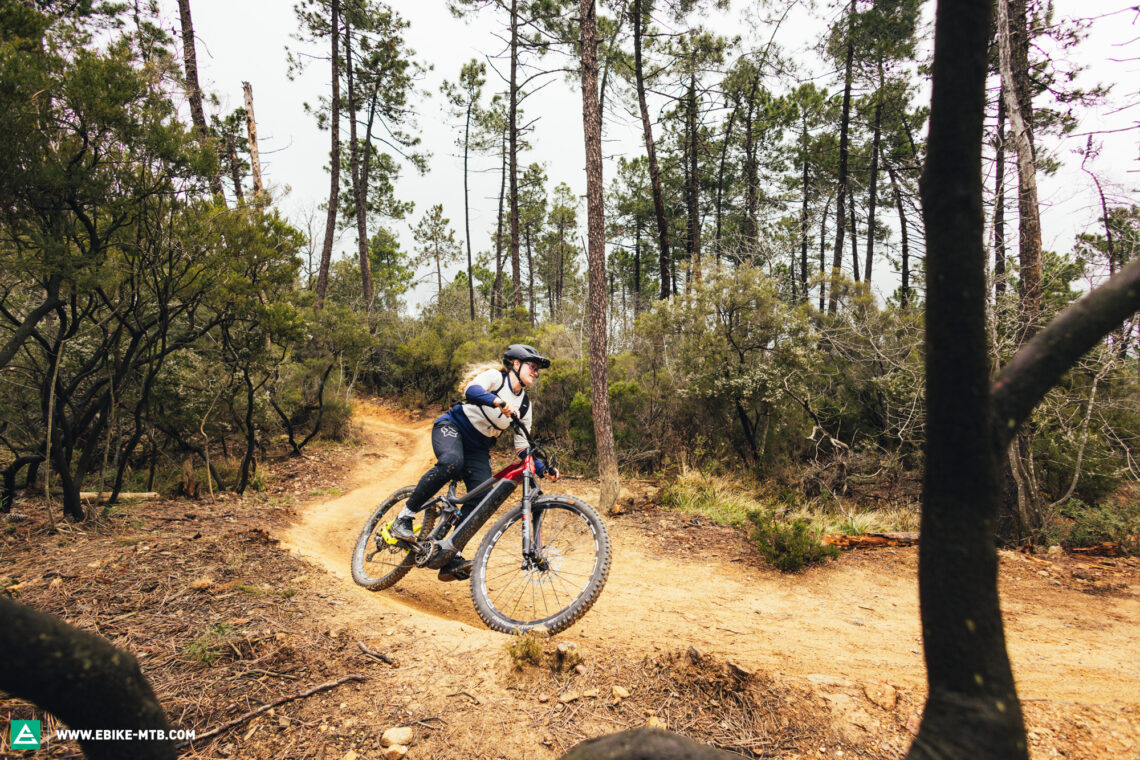
The Yamaha PW-X3 motor in detail – Freedom for all
Despite not being overly popular in the ebike segment, the Yamaha PW-X3 doesn’t have to hide from the competition, at least on paper. At 85 Nm, it delivers just as much torque as Bosch’s Performance Line CX flagship model. Tipping the scales at 2.75 kg, it’s one of the lighter full-fat motors, together with the Bosch CX Race drive, and around 150 g lighter than the standard Bosch CX.
Yamaha also provide peripheral components for their motor system while at the same time allowing bike manufacturers to use third-party solutions. Unlike its big internal combustion siblings, the PW-X3 motor relies on electricity instead of petrol, with a total of six batteries to choose from. For eMTBing, the most suitable choice are the three internal batteries with 400 Wh, 500 Wh and 600 Wh capacity, respectively. Unlike Bosch, Yamaha don’t offer any bigger batteries, but bike brands are welcome to use third-party models. The Yamaha ecosystem includes several remotes and display options that can be freely configured. The Japanese manufacturer didn’t stretch their imaginations too far coming up with names for the components. Display A, for example, is a remote and display in one and can be mounted on the left hand side on the handlebars. This shows all crucial riding data, including battery charge status, current support mode and speed. After A comes B: a small handlebar remote paired with a stem mounted 3″ display. Like the A variant, it provides all essential riding data plus trip distance, cadence and average speed – both top and average. And after B (you guessed it) comes C! Display C combines the handlebar remote with a 2.8″ colour display, which shows all basic information as well as turn-by-turn navigation arrows in combination with the Komoot navigation function.
Last but not least, Yamaha offer the Interface X, which comes standard with most e-mountainbikes. While the compact handlebar remote convinces with good ergonomics and ensures a tidy look, the minimalist LED display is far too bulky for the limited information it provides, with the LEDs only showing the support level and battery charge status. Here not even the elegant mounting system helps, which relies on a special stem spacer – most modern eMTBs rely on internal headset cabling and specific, interlocking headset spacers, preventing the display from being fitted. If you need more riding info, you’ll have to use an external, compatible bike computer, because Yamaha don’t have their own app. In this respect, the Japanese manufacturer still lags behind the competition, leading bike manufacturers to look to other suppliers for display and connectivity systems, or develop their own in-house, like GIANT.
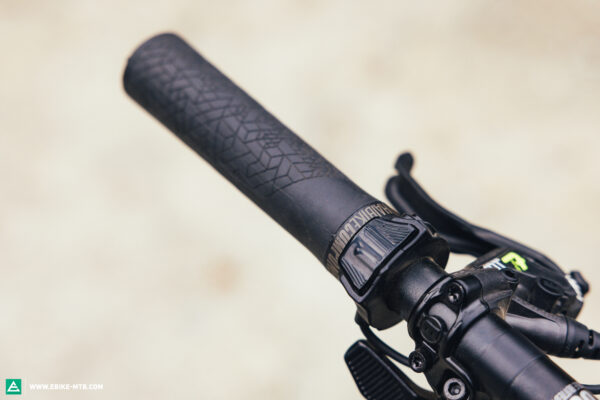

The Yamaha PW-X3 Motor in review – good-natured powerhouse or elephant in a porcelain store?
The Yamaha PW-X3 features five support modes: ECO, ECO+, STD, HIGH, and an automatic mode. Like with Bosch and Shimano drives, the automatic mode adapts the assistance level to the respective riding situation. However, finding this mode can be a mission, so you better read the user manual! To activate it, you’ll have to keep the upper remote button pressed for a long time. However, this isn’t easy with the Interface X display, which is anything but intuitive with its countless LEDs. As a result, finding the right mode is more like a guessing game. Of course, this makes it harder to spontaneously switch between support modes on the trail, and taking your hand off the bars while bombing down the trail could end badly. With other motors, activating the dynamic riding mode is far more intuitive – and safer too!

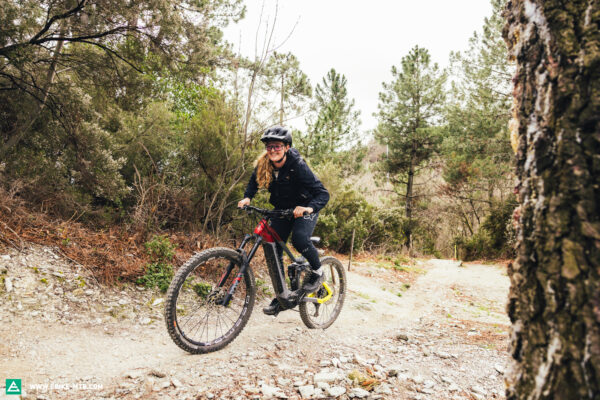
Once you’ve managed to switch to automatic mode, the Yamaha PW-X3 delivers its power more reluctantly and far slower than Bosch’s dynamic eMTB mode. As a result, the Yamaha is far more discreet, feeling significantly less powerful when negotiating technical climbs in automatic mode. With the HIGH mode in the standard setting, the PW-X3 packs a punch, feeling considerably more abrupt than the Bosch Performance Line CX – but still struggles to keep up with the Bosch’s CX Race drive in Race mode. While experienced riders can handle the direct power delivery and use it to their advantage to accelerate out of tight corners and negotiate steep climbs, beginners can quickly get overwhelmed. If you’re chatting with your riding mates at the trailhead and put too much pressure on the pedal, the bike jolts forward abruptly, which can be dangerous if you’re taken by surprise. The reason for this is that the software reacts to the pedal pressure without taking into consideration pedalling cadence. While the Yamaha PW-X3 is powerful enough to set off from a standstill at low speed and low cadences, it runs out of steam at higher speeds and higher cadences, falling far behind the Bosch Performance Line CX and the Panasonic GX Ultimate.
As far as noise goes, it plays in a similar league as the Bosch Performance Line CX, emitting a faint whirring noise that is quickly drowned out by surrounding ambient noises.
Our conclusions about the Yamaha PW-X3
The Yamaha PW-X3 is a powerhouse but also has a few shortcomings. The abrupt character is hard to control, especially for beginners. Although Yamaha’s hardware package is slightly dated, it gives manufacturers plenty of freedom to make their own developments. Yamaha don’t have an app, and selecting the support levels can be difficult. As a result, the Japanese manufacturer can’t keep up with the competition, neither in terms of connectivity, nor in terms of integration and software tuning. While the newly announced PW-XM motor with magnesium housing will be lighter, it isn’t actually a new motor, meaning that it won’t address the current shortcomings.
Tops
- A true powerhouse even at low pedalling cadences
- Bike manufacturers get plenty of freedom to complement the system with their own solutions
Flops
- Abrupt motor tuning
- Sub-par connectivity and integration – and no app either
- Switching between ride modes can be challenging
For more info, visit yamaha-motor.eu
The test field
For an overview of our big ebike motor comparison test click here
All ebike motors in test: Bosch Performance Line CX (Click for review) | Bosch Performance Line CX Race (Click for review) | Bosch Performance Line SX (Click for review) | Brose Drive S Mag (Click for review) | FAZUA Ride 60 (Click for review) | GIANT SyncDrive Pro2 (Click for review) | Panasonic GX Ultimate (Click for review) | Pinion MGU E1.12 (Click for review) | Shimano EP801 (Click for review) | Specialized SL 1.2 (Click for review) | Specialized 2.2 (Click for review) | TQ HPR 50 | Yamaha PW-X3
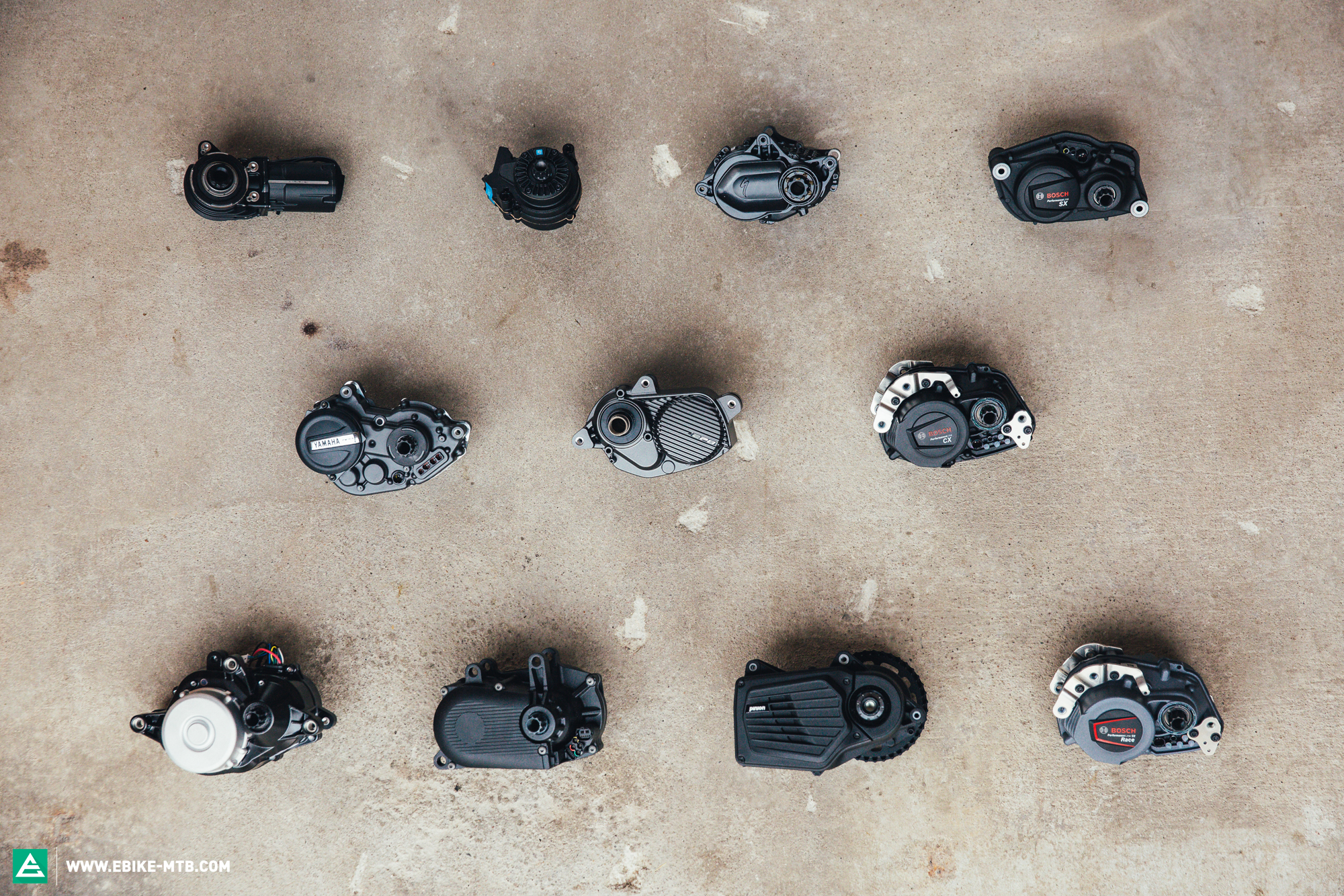
Did you enjoy this article? If so, we would be stoked if you decide to support us with a monthly contribution. By becoming a supporter of E-MOUNTAINBIKE, you will help secure a sustainable future for high-quality cycling journalism. Click here to learn more.
Words: Mike Hunger Photos: Various




